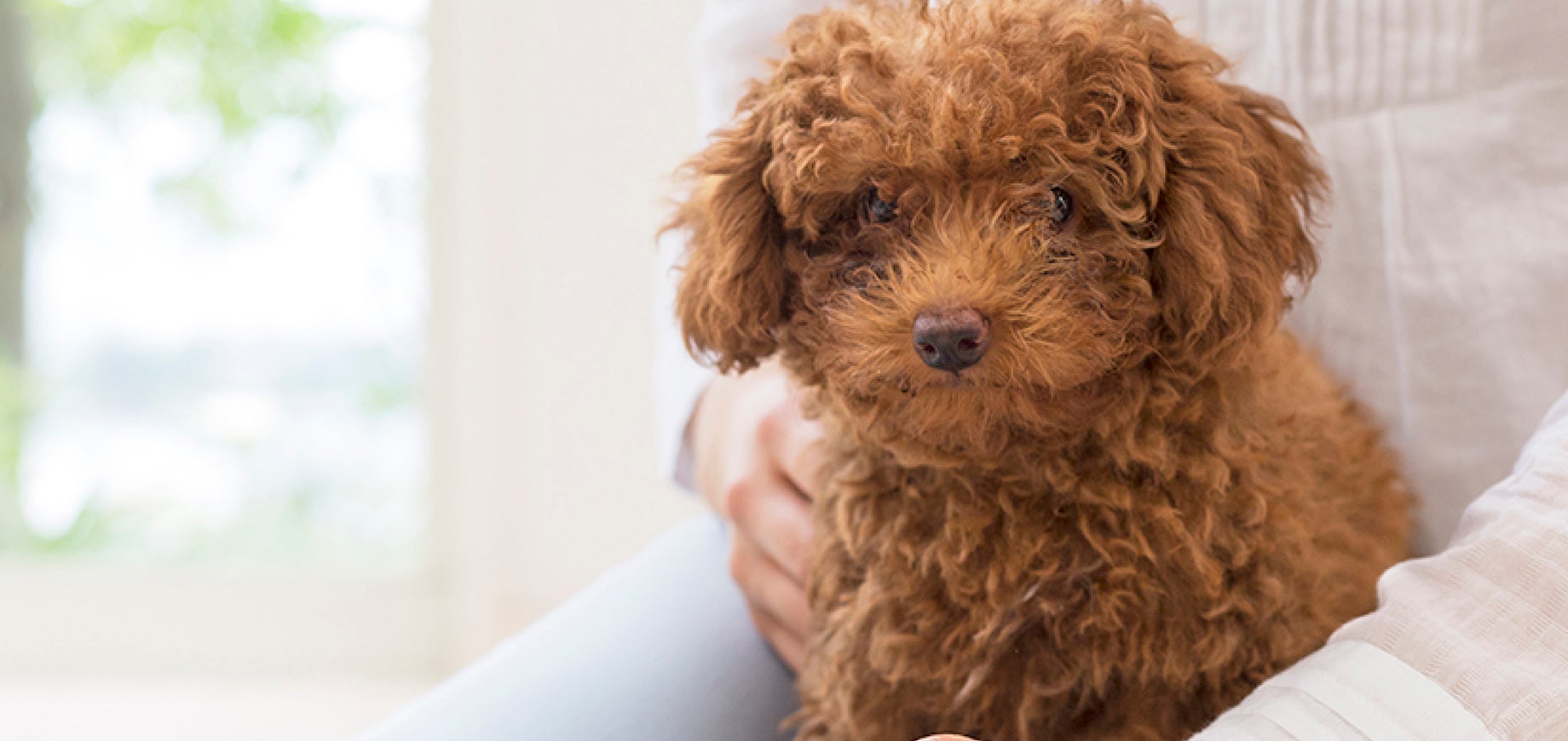Find products that match your dog’s needs

Fleas in dogs can be a nuisance, causing discomfort and health issues for your beloved furry friend. These small, wingless insects feed on animals' blood, with dogs often being their preferred hosts. Dog fleas can cause problems such as itching, skin irritation, and even anaemia in severe cases. Understanding the life cycle of fleas and recognizing the signs of infestation can help protect your dog from these pesky parasites. In this article, we explore the life cycle stages of fleas, common signs of fleas in dogs, and how to prevent and treat these unwelcomed pests.
Fleas are small insects that feed on the blood of their hosts, such as dogs, cats, and sometimes humans. They are agile jumpers and can easily move from one host to another. There are several types of fleas on dogs, but the most common one is the cat flea (Ctenocephalides Felis). Although named after cats, this type of flea can infest dogs and other animals as well.
Fleas undergo four stages in their life cycle: egg, larva, pupa, and adult. Understanding these stages is crucial for effective flea treatment for dogs:
Dog fleas symptoms can vary, but some common signs of fleas on dogs include:
Flea prevention for dogs is crucial as fleas can cause health issues, transmit diseases, and infest your home. Preventing fleas in dogs not only keeps your pet comfortable and healthy but also reduces the risk of an infestation in your living space.
Steps to prevent fleas in dogs and protect your home:
An effective flea treatment for dogs includes addressing the issue on three fronts: your dog, your home, and your yard. Consult your veterinarian for the best treatment options, which may include prescription or over-the-counter medications, shampoos, or topical solutions.
Follow these steps to get rid of fleas on your dog and prevent future infestations:
Dealing with fleas in dogs can be challenging, but with the right knowledge and preventive measures, you can keep your furry friend happy and healthy. Remember to consult your veterinarian for the most appropriate and effective flea treatment for your dog and be diligent in maintaining a clean home and yard to minimize the risk of infestations.
If your dog has fleas, consult your veterinarian for appropriate flea treatment for dogs, such as oral medications or topical solutions. Follow a comprehensive treatment plan, addressing your dog, home, and yard. Moreover, establish a consistent flea prevention routine to prevent future infestations.
Signs of fleas on dogs include excessive scratching, licking, or biting, red or irritated skin, hair loss, visible flea dirt (black specks), or spotting actual fleas on the dog's skin. A flea comb can help detect fleas and flea dirt on your dog's coat.
The time it takes to get rid of fleas on a dog varies, depending on the treatment method and the extent of the infestation. Generally, it can take a few days to several weeks to eliminate fleas completely, provided you consistently treat your dog, home, and yard.
Yes, cleaning your house is essential when dealing with fleas in dogs. Thoroughly vacuum all surfaces, dispose of the vacuum bag outside, and wash your dog's bedding, toys, and other washable items in hot, soapy water. Use environmental flea control sprays to eliminate fleas and their larvae.

Find a PEDIGREE® stockist
near you!
Buy online
Click to buy from any of the retailers below

